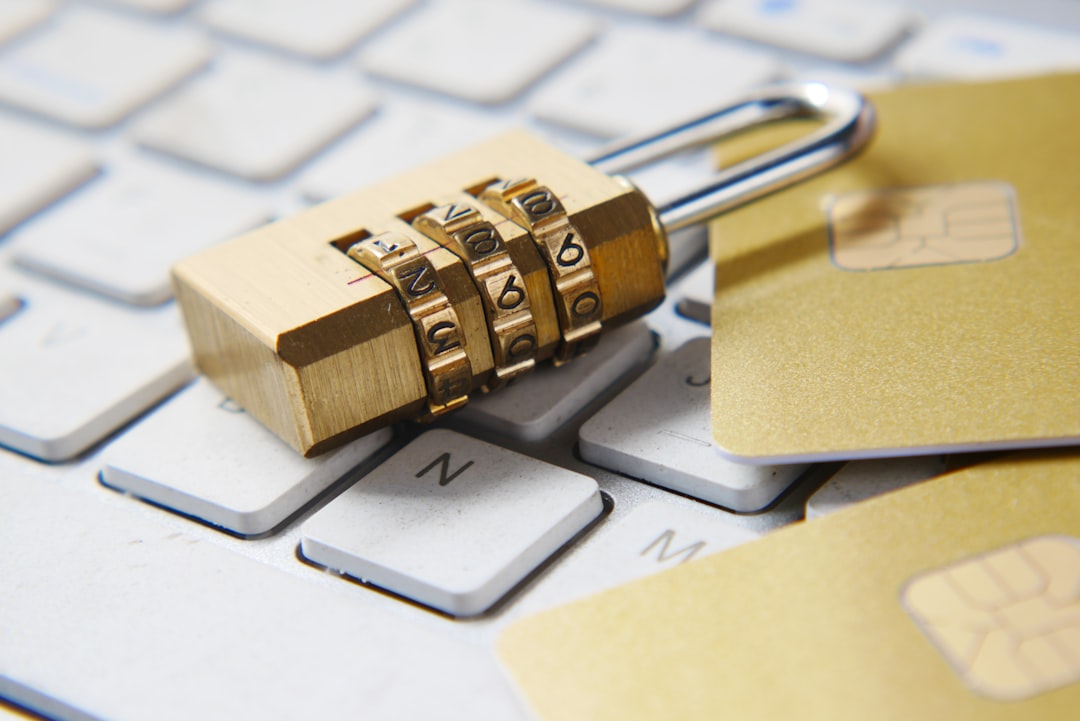In today’s digital-first workplace, employee portals are essential tools for communication, performance tracking, benefits management, and more. These platforms often contain sensitive personal and corporate data, making them prime targets for cybercriminals. One of the most prevalent threats to account security in these systems is phishing—a tactic used by malicious actors to trick users into revealing confidential information, typically through deceptive emails or fake login pages.
To protect employees and organizations alike, it’s critical to understand the nature of phishing attacks and adopt a proactive approach to prevent them. In this guide, we’ll explore the fundamentals of account security on employee portals and outline practical steps every individual and business should follow to stay secure.
What is Phishing?
Phishing is a social engineering technique that involves impersonating a credible entity through electronic communication to manipulate users into divulging personal information such as passwords, usernames, or financial details. In a workplace setting, phishing may occur via emails that imitate an internal HR department, IT support team, or even popular third-party services used by the company.

These deceptive messages often contain urgent language, suspicious links, or attachments that install malware. Once access is gained to one account, attackers can pivot to others within the organization, resulting in data leaks, financial loss, and reputational harm.
Why Are Employee Portals Targeted?
Employee portals serve as gateways to a treasure trove of sensitive information including:
- Personal details like addresses, Social Security numbers, and banking info for direct deposit
- Company data such as project files, proprietary research, and internal communications
- Credentials for third-party applications and internal systems
Because portals typically interconnect with various other enterprise systems, compromising one user can potentially open doors to deeper access across the network.
Recognizing a Phishing Attempt
The first defense against phishing is awareness. Here are some of the most common signs of a phishing attempt:
- Unfamiliar sender: Emails coming from misspelled or slightly altered domains (e.g., hr@copmany.com instead of hr@company.com)
- Urgency and threats: Subject lines like “Your account will be deactivated in 12 hours” or “Unauthorized login detected”
- Generic greetings: Messages starting with “Dear user” instead of your name
- Suspicious links: Hover over any links before clicking—if the URL looks off, don’t click it
- Unexpected attachments: Especially .zip or .exe files, which might contain malware
Remember: If you’re ever in doubt, contact your IT department before taking any action.
Steps to Secure Your Employee Portal Account
Being proactive is your best weapon in combating phishing and other cyber threats. Here are key steps employees and organizations should take to bolster account security.
1. Use Strong, Unique Passwords
Never reuse passwords across different portals or accounts. A strong password should include a mix of uppercase and lowercase letters, numbers, and special characters, and should be at least 12 characters long. Consider using a password manager to safely store and generate complex passwords.
2. Enable Multi-Factor Authentication (MFA)
MFA adds an additional verification step—such as a code sent to your phone or an authentication app—making it significantly harder for attackers to gain unauthorized access even if they have your password. This should be a standard practice across all work-related accounts.
3. Keep Software and Systems Updated
Ensure that your browsers, operating systems, and antivirus software are always up to date. Many phishing attacks rely on known vulnerabilities in outdated software to compromise systems.
4. Educate and Train Employees
Cybersecurity is everyone’s responsibility. Regular training sessions should be held to inform staff about the latest phishing trends and how to respond. Include periodic simulated phishing campaigns to test response readiness.
5. Don’t Click on Suspicious Links or Download Attachments
It can’t be said enough—if something looks off, it probably is. Verify the source of attachments and URLs before interacting with them. When in doubt, confirm with the sender through a different communication method such as a phone call or in-person visit.
6. Report Suspicious Activity Immediately
Time is critical when dealing with a phishing attack. If you suspect that you’ve clicked a malicious link or entered your information into a phishing page, notify your IT department immediately to mitigate any potential damage.
The Role of Employers in Phishing Prevention
While individual actions are vital, employers also play a crucial role in securing their workforce. Organizations should:
- Invest in advanced email filtering systems to block known malicious senders and content.
- Implement centralized monitoring tools that detect unusual login activity and other security anomalies.
- Establish clear security policies and make them accessible and understandable to all employees.
- Foster a culture of cybersecurity awareness where employees feel empowered to speak up about threats.

By aligning technical defenses with comprehensive employee education, organizations can effectively reduce the risk of phishing-based breaches in employee portals.
What to Do If You Think You’ve Been Phished
If you suspect that your credentials have been compromised via a phishing attack, act quickly using the following steps:
- Disconnect from Wi-Fi or the network immediately to prevent the spread of potential malware.
- Change your passwords from a secure device, especially for any accounts that share the same credentials.
- Notify your IT department for further investigation and potential network-wide impact assessment.
- Check for unauthorized activity across other systems and services connected to your employee portal.
Looking Ahead: Staying Safe in an Evolving Threat Landscape
Cyber threats continue to evolve, and attackers are using increasingly sophisticated methods to exploit both technical and human vulnerabilities. Employee portals—often overlooked in broader cybersecurity strategies—are rich targets and deserve focused attention.
Mitigating phishing risks requires a multi-layered defense:
- Technology like secure email gateways and MFA
- Processes including regular audits and incident response planning
- People who are informed, vigilant, and empowered to act decisively
Protecting employee portal accounts is not just a technical responsibility—it’s a business imperative. A breach can result in financial penalties, lost data, and damaged trust. Start building your defenses today with security-conscious behaviors and a commitment to ongoing awareness from all members of your organization.
With constant vigilance and appropriate safeguards, phishing attempts can be stopped at the source—one secure click at a time.



